Home>Dining>Table Decor>What Size And Shape Of Table Is Best For Family Style Wedding Service?
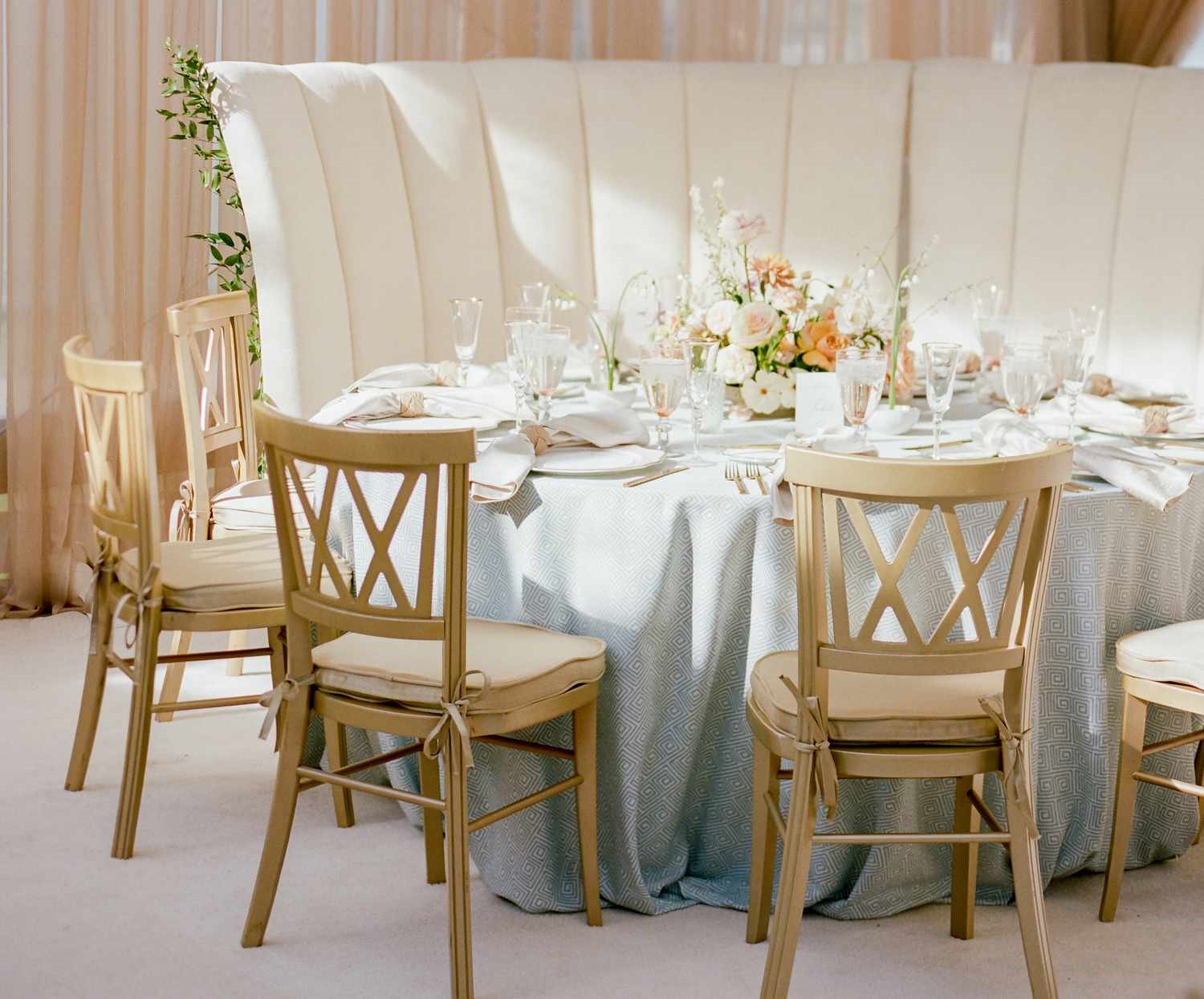

Table Decor
What Size And Shape Of Table Is Best For Family Style Wedding Service?
Modified: December 7, 2023
Find the perfect table-decor for your family-style wedding service. Discover the best size and shape options to create an unforgettable setting for your special day.
(Many of the links in this article redirect to a specific reviewed product. Your purchase of these products through affiliate links helps to generate commission for Storables.com, at no extra cost. Learn more)
Introduction
When planning a family-style wedding service, one of the key elements to consider is the size and shape of the tables. The table decor sets the tone for the overall ambiance of the event and plays a crucial role in creating a warm and inviting atmosphere for your guests. Not only do you want to ensure that there is enough seating for all of your loved ones, but you also want to make sure that everyone is comfortable and can easily engage in conversation.
In this article, we will explore the factors to consider when choosing the size and shape of tables for your family-style wedding service. We will discuss the advantages and disadvantages of rectangular tables, round tables, and square tables, as well as the benefits and drawbacks of mixing and matching different table shapes. By understanding these considerations, you will be able to make an informed decision that suits your vision and creates a memorable experience for your guests.
Key Takeaways:
- Choose table shapes based on guest dynamics and venue space to create an inclusive and visually appealing family-style wedding atmosphere.
- Consider mixing and matching table shapes for flexibility in seating arrangements, but plan carefully to ensure a cohesive and well-organized layout.
Read more: What Are The Different Table Service Styles?
Factors to Consider When Choosing the Size and Shape of Wedding Tables
When it comes to selecting the size and shape of the wedding tables, there are a few key factors to keep in mind. These factors include the guest list size, venue space, and seating arrangements. Let’s take a closer look at each of these considerations:
- Guest List Size: The number of guests attending your wedding is a crucial factor in determining the size and quantity of tables you will need. It’s important to ensure that there is enough space for each guest to feel comfortable and have ample room to enjoy the meal and engage in conversation. Be mindful of any specific seating requirements, such as accommodating a wheelchair or high chair.
- Venue Space: The size and layout of your wedding venue will heavily influence the shape and size of the tables you can use. If you have a large, open space, you may have more flexibility in choosing between different table shapes and sizes. On the other hand, if your venue is smaller or has unique architectural features, you may need to opt for specific table shapes that best fit the space.
- Seating Arrangements: The way you plan to arrange your guests at the tables will also impact the choice of table shape and size. If you prefer a more intimate and inclusive atmosphere, round tables can encourage conversation among all guests. On the other hand, rectangular tables can make it easier to create differentiated seating arrangements, such as placing families or close friends together.
By considering these factors, you can make an informed decision on the size and shape of the wedding tables that will best accommodate your guests and create an enjoyable dining experience. Next, let’s explore the advantages and disadvantages of different table shapes to help you make your decision.
Rectangular Tables
Rectangular tables are a popular choice for family-style wedding services. They offer several advantages and disadvantages that should be taken into consideration when selecting the table shape for your event:
Advantages
- Efficient Use of Space: Rectangular tables are ideal for maximizing space utilization, especially in long, narrow venues. They make it easier to fit more guests in a limited area and can create a cohesive and organized layout.
- Straightforward Seating Arrangements: With rectangular tables, it is generally easier to assign specific seats and create a structured seating arrangement, such as placing the wedding party or immediate family members at a dedicated table.
- Enhanced Decor Options: Rectangular tables provide a long, continuous surface that allows for creative table decorations, such as floral arrangements, table runners, and centerpieces. This can elevate the overall aesthetic and create a visually stunning display.
Disadvantages
- Limited Interaction: One of the potential downsides of rectangular tables is that they may hinder interaction among guests. Due to the elongated shape, it can be more challenging for guests at the ends of the table to engage in conversation with those in the middle. However, this can be mitigated by strategic seating arrangements and thoughtful table decor.
- Space Constraints: While rectangular tables are efficient in terms of seating capacity, they can sometimes feel cramped if the venue space is limited. It’s important to ensure that there is enough room for guests to move around comfortably and for staff to serve the meal without any hindrances.
- Lack of Variety: If all tables at your wedding are rectangular, it may result in a lack of visual variety and differentiation in the venue space. Mixing and matching table shapes can add an element of interest and variety to the overall table design.
Consider these advantages and disadvantages when deciding if rectangular tables are the best fit for your family-style wedding service. Next, let’s explore the advantages and disadvantages of round tables.
Read more: What Shape Dining Table Is In Style?
Round Tables
Round tables are a popular choice for family-style wedding services, offering a unique set of advantages and disadvantages to consider:
Advantages
- Inclusive Atmosphere: Round tables promote a more inclusive and intimate atmosphere as all guests are facing each other. This setup encourages conversation and allows everyone to feel more connected during the meal.
- Easy Conversation: With no ends or corners, round tables allow for easier conversation and interaction among guests. This design fosters a sense of camaraderie and encourages guests to engage with one another.
- Flexible Table Arrangements: Round tables offer flexibility in terms of arranging guests. It’s easier to accommodate additional chairs and adjust seating arrangements to account for unexpected changes in the guest list.
Disadvantages
- Space-Intensive: Round tables require more space compared to rectangular tables to accommodate the same number of guests. This can be a challenge if you have a limited venue space or need to fit a large number of tables in a specific area.
- Reduced Surface Area: The circular shape of round tables limits the available surface area in the center of the table for table decorations, centerpieces, and other decorative elements. However, creative solutions can be implemented to make the most of the space, such as using hanging decor or incorporating smaller centerpiece arrangements.
- Challenging Seating Assignments: It can be slightly more challenging to assign specific seats and create a structured seating arrangement with round tables. But with well-planned seating arrangements, this can be overcome and even facilitate a more organic and interactive seating experience.
Consider these advantages and disadvantages when deciding if round tables are the best fit for your family-style wedding service. Next, let’s explore the advantages and disadvantages of square tables.
Square Tables
Square tables are a versatile option for family-style wedding services, offering a unique set of advantages and disadvantages to consider:
Advantages
- Intimate Setting: Square tables create a more intimate setting, allowing guests to easily engage in conversation with everyone at the table. This setup promotes a sense of closeness and can enhance the overall dining experience.
- Efficient Space Utilization: Square tables are efficient in terms of space utilization, especially in venues with limited space. They can be arranged in close proximity, maximizing the number of guests that can be accommodated in a limited area.
- Decor Versatility: Square tables provide a versatile surface for table decorations. The four equal sides of the table allow for symmetrical and balanced table arrangements, such as multiple centerpiece placements or alternating decor elements.
Disadvantages
- Challenging Seating Dynamics: One potential drawback of square tables is that seating dynamics can be more challenging to manage. Unlike round tables where guests are facing each other, square tables may have guests seated directly across from one another, reducing the ease of conversation.
- Space Constraints: While square tables are efficient in terms of space utilization, they can sometimes feel cramped if the venue space is limited. Ensure that there is enough room for guests to move comfortably and for staff to provide service without any hindrances.
- Less Versatility: Square tables may offer less versatility in terms of seating arrangements compared to rectangular tables. Assigning specific seats and creating different seating configurations can be slightly more challenging with a square table layout.
Consider these advantages and disadvantages when deciding if square tables are the best fit for your family-style wedding service. Next, let’s explore the benefits and drawbacks of mixing and matching different table shapes.
Mix and Match Table Shapes
Another option to consider for your family-style wedding service is to mix and match different table shapes. This can add visual interest and create a unique and dynamic atmosphere. Let’s explore the pros and cons of mixing and matching table shapes:
Pros
- Visual Appeal: Mixing and matching table shapes can create a visually stunning display, adding depth and variety to the overall table layout. It can make the venue space more dynamic and interesting, capturing the attention of your guests.
- Flexibility: Using different table shapes allows for more flexibility in seating arrangements. You can create a combination of intimate round tables for smaller groups and rectangular tables for larger parties, catering to different-sized guest groups and ensuring everyone feels comfortable.
- Interaction Opportunities: By incorporating both round and rectangular tables, you can provide a balance between an inclusive atmosphere and structured seating arrangements. Round tables foster conversation and interaction, while rectangular tables allow for easier seating assignments for specific groups or families.
Read more: Which Shape Dining Table Is Best
Cons
- Challenging Layout: Mixing and matching table shapes can be more challenging in terms of creating a cohesive and well-organized layout. It requires careful planning and coordination to ensure that the different table shapes fit well within the venue space without feeling cluttered or disjointed.
- Logistical Considerations: Incorporating different table shapes may require additional logistical considerations, such as having different seating arrangements for different tables or ensuring that the space is properly utilized without any empty gaps or overcrowding.
- Extra Decor Planning: Mixing and matching table shapes may require additional decor planning to maintain a cohesive overall look. Different tables may require different types of centerpieces or table settings, which should be taken into account to ensure a harmonious aesthetic.
Consider these pros and cons when deciding if mixing and matching table shapes is the right approach for your family-style wedding service. By carefully considering these factors, you can create a table layout that not only suits your vision but also enhances the overall experience for your guests.
Conclusion
Choosing the size and shape of tables for your family-style wedding service is an important decision that can greatly impact the overall atmosphere and experience of your guests. By considering factors such as guest list size, venue space, and seating arrangements, you can make an informed decision that accommodates the needs of your event.
Rectangular tables offer efficient space utilization and structured seating arrangements, but may limit interaction among guests. Round tables create an inclusive and intimate atmosphere, promoting easy conversation, but can be space-intensive. Square tables provide an intimate setting and efficient space utilization, though seating dynamics can be challenging. Mixing and matching table shapes offers visual appeal and flexibility in seating arrangements, but requires careful layout planning and additional decor considerations.
Ultimately, the best choice for your family-style wedding service will depend on your specific vision, venue space, and guest dynamics. Consider the advantages and disadvantages of each table shape, as well as the unique needs of your event, to find the perfect balance between functionality and aesthetics.
Remember that table decor plays a significant role in enhancing the overall ambience. Regardless of the table shape you choose, be sure to incorporate thoughtful and creative table decorations, such as floral arrangements, table runners, and centerpieces, to elevate the visual appeal and create a memorable experience for your guests.
By carefully selecting the size and shape of tables for your family-style wedding service, you can create a warm and inviting atmosphere that allows your loved ones to gather, connect, and celebrate in comfort and style.
Frequently Asked Questions about What Size And Shape Of Table Is Best For Family Style Wedding Service?
Was this page helpful?
At Storables.com, we guarantee accurate and reliable information. Our content, validated by Expert Board Contributors, is crafted following stringent Editorial Policies. We're committed to providing you with well-researched, expert-backed insights for all your informational needs.
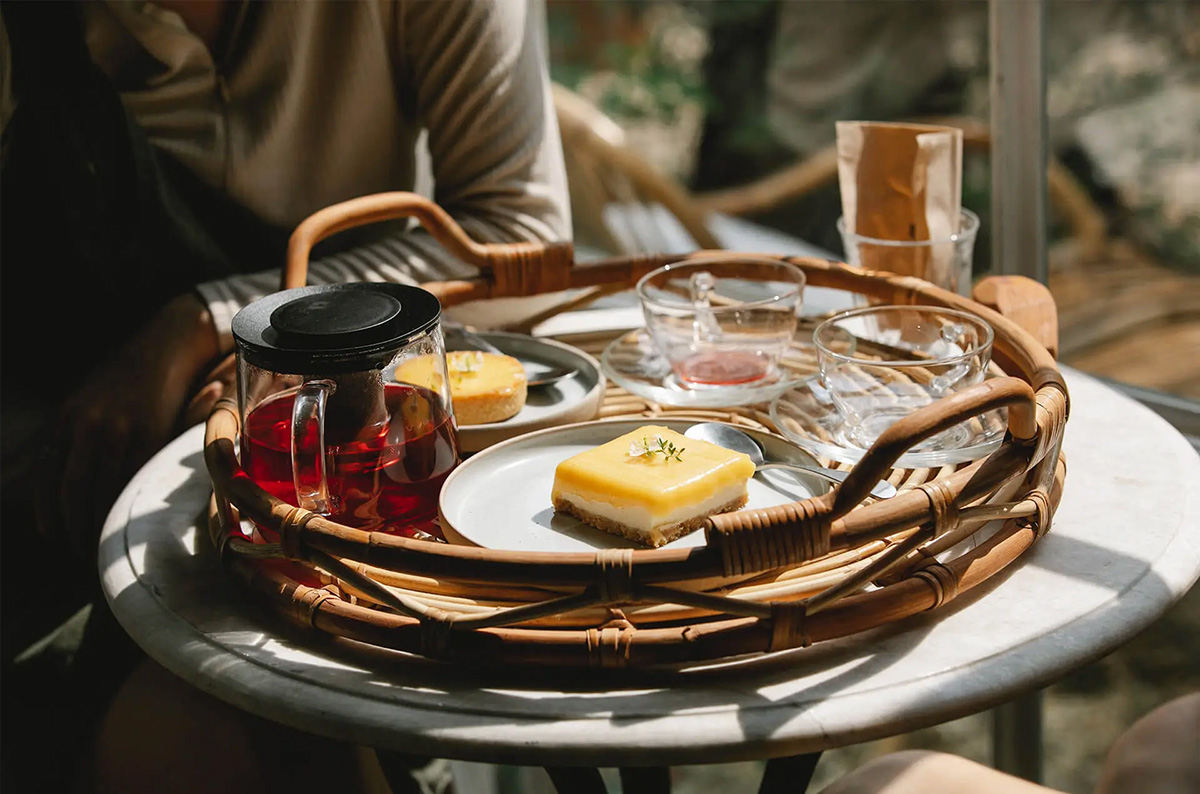
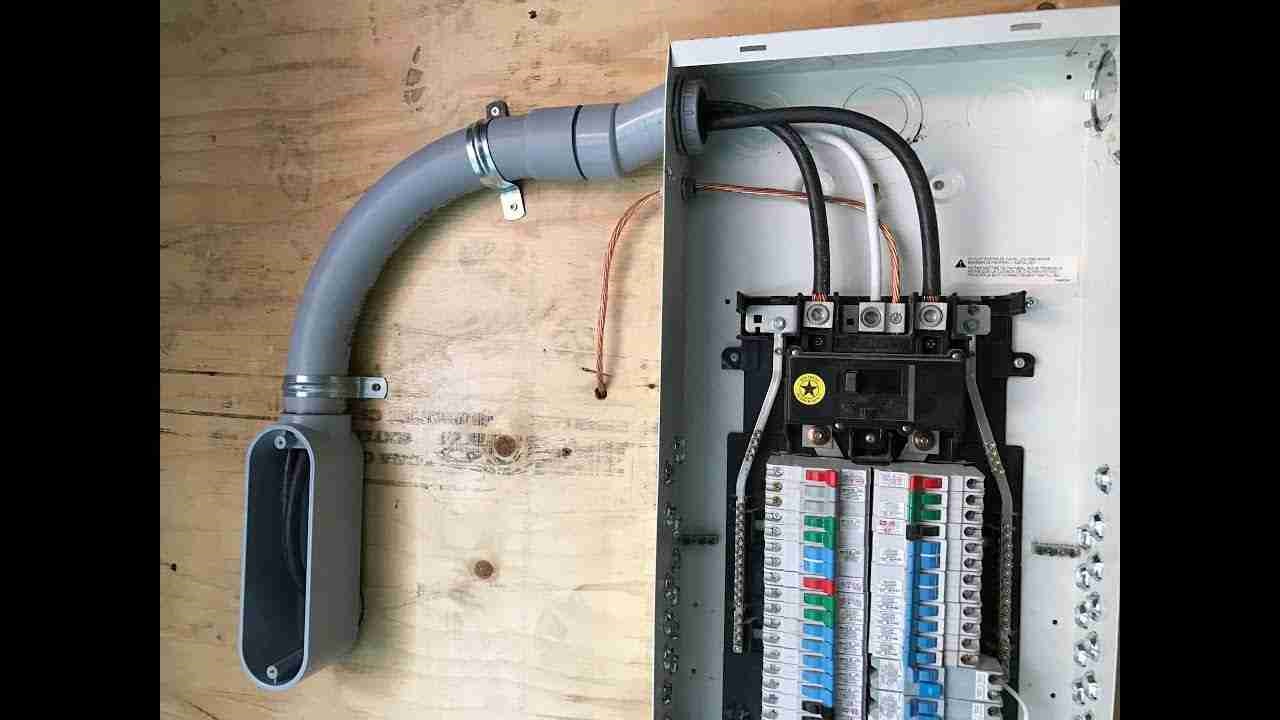
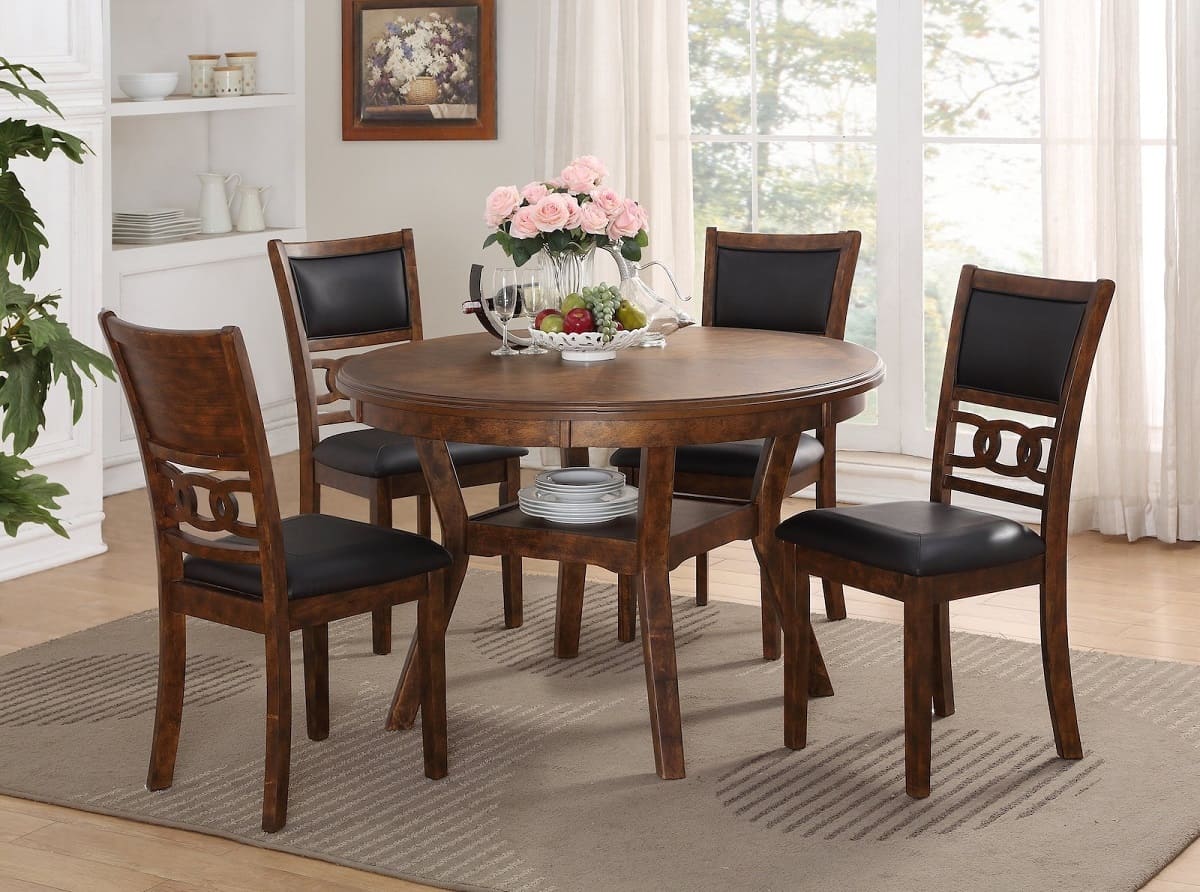
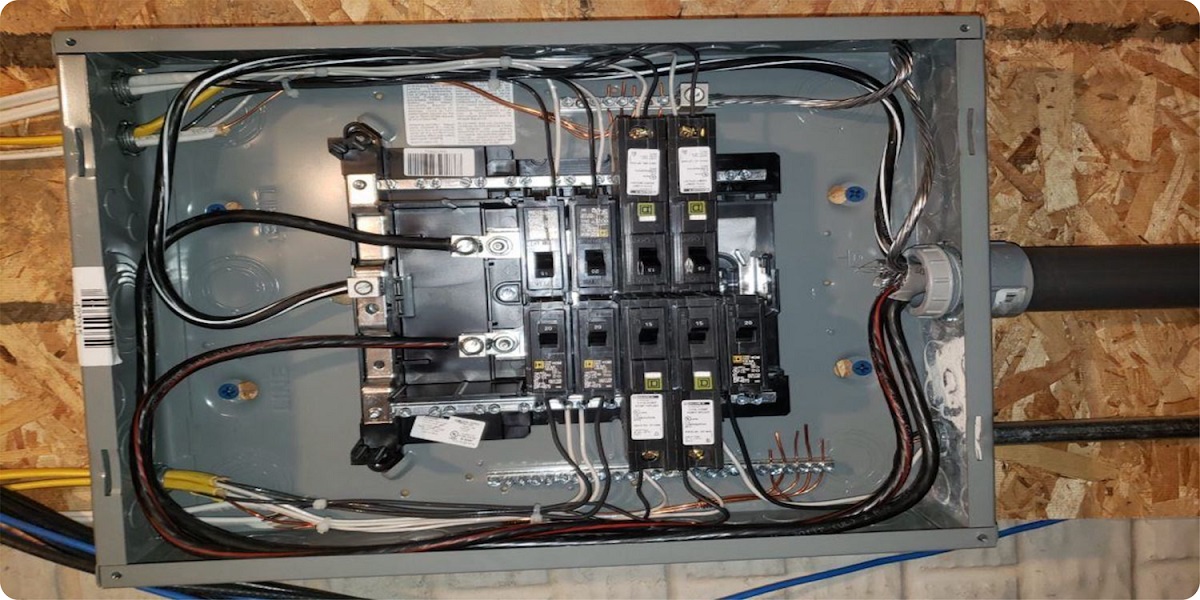
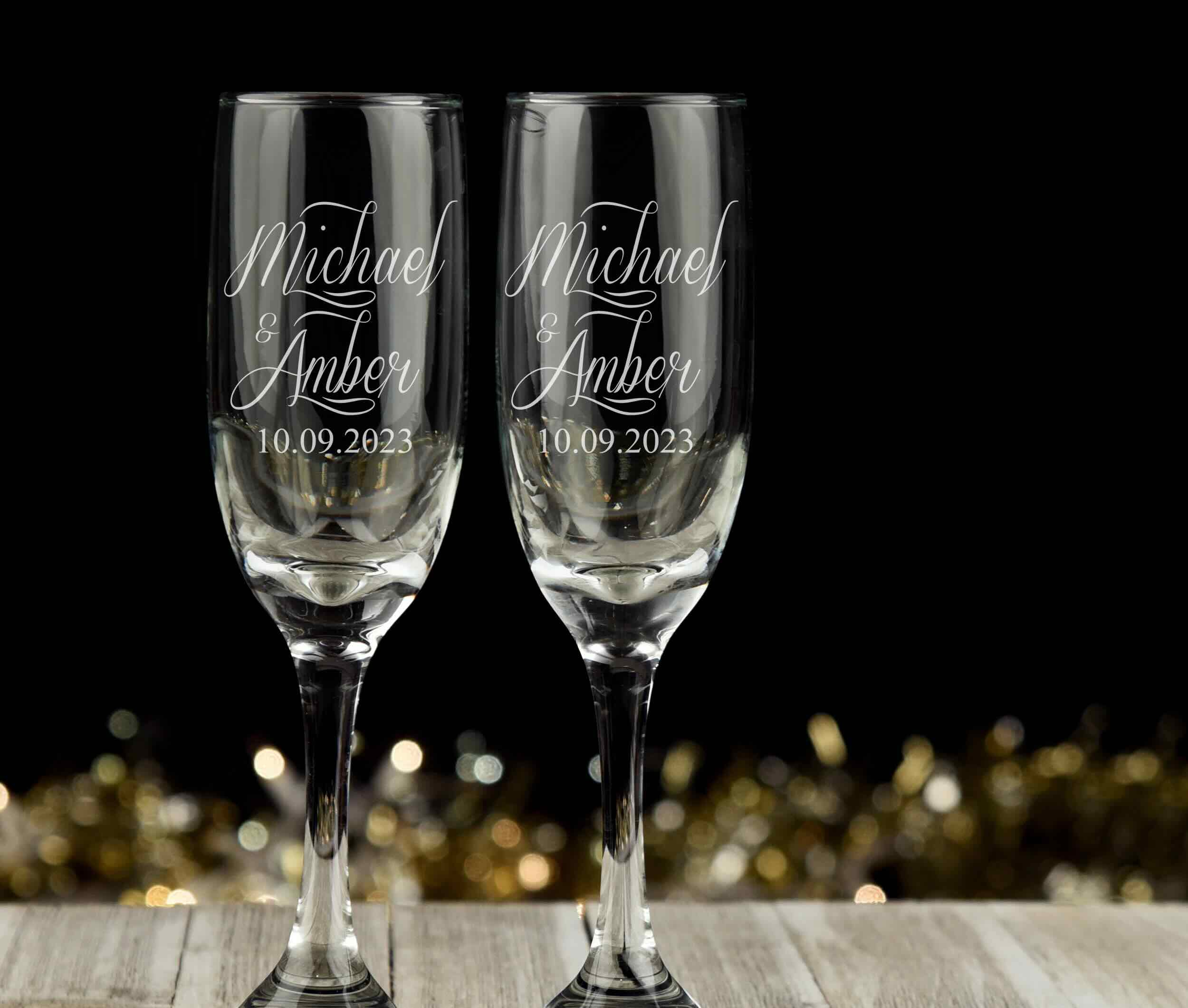
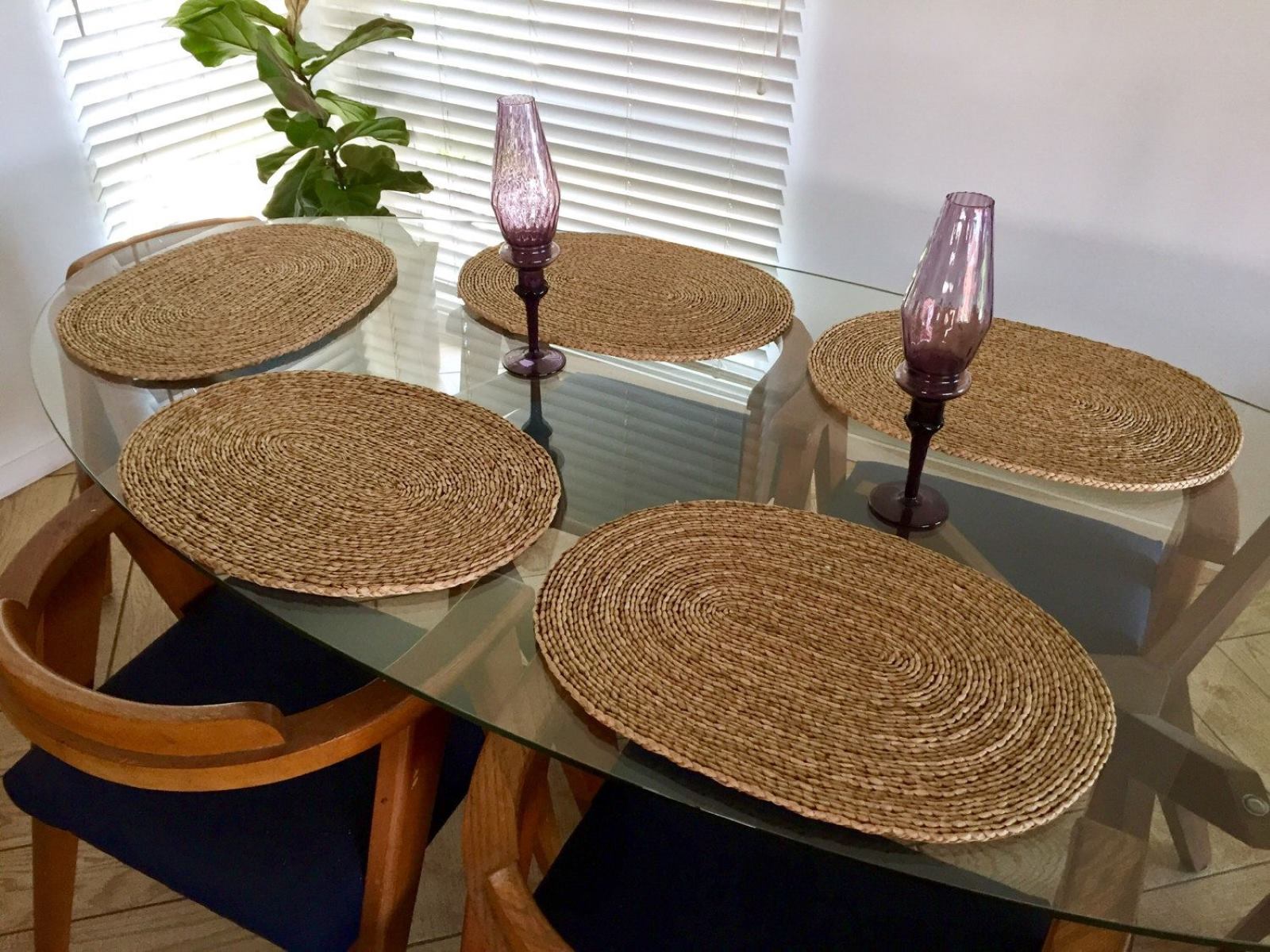
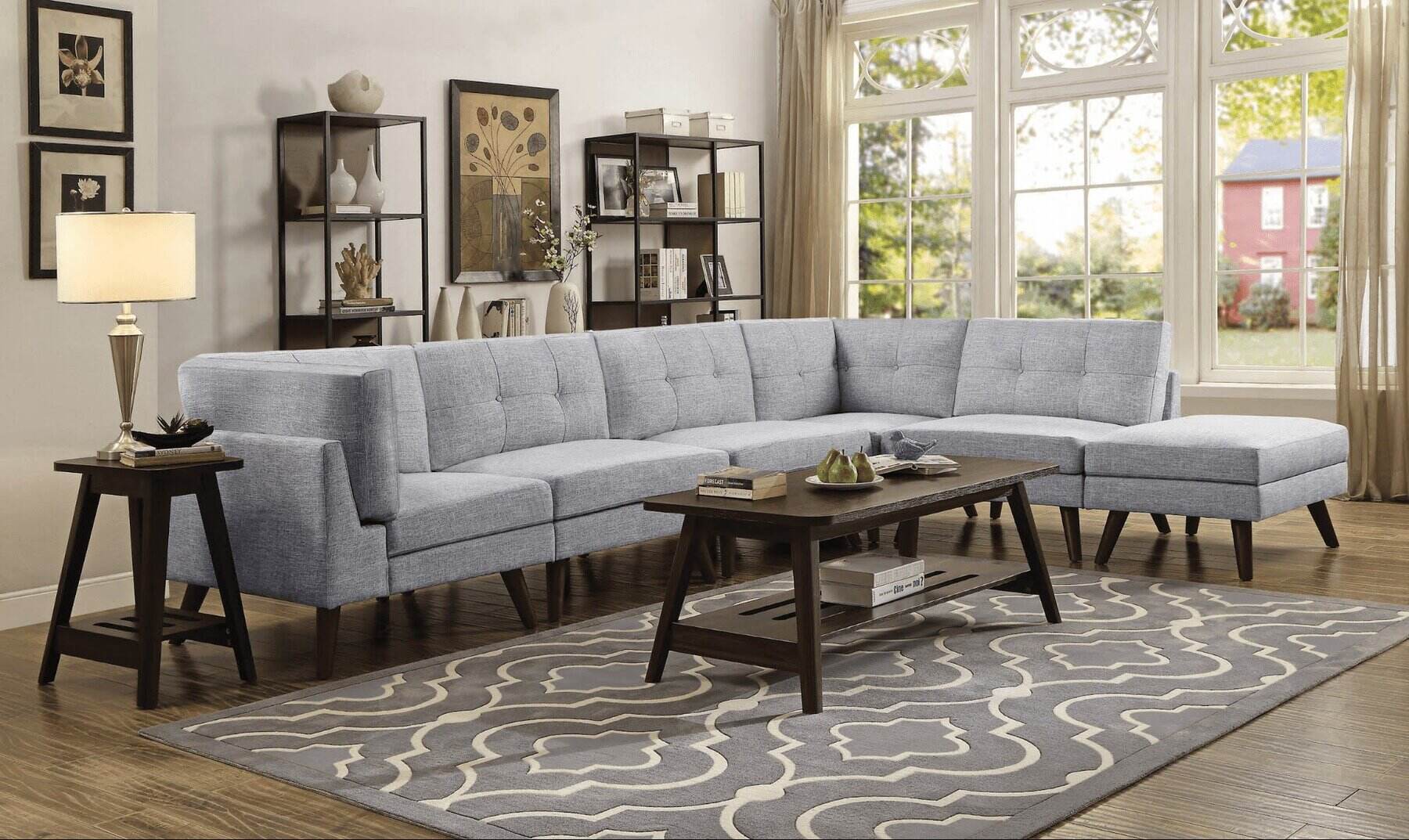
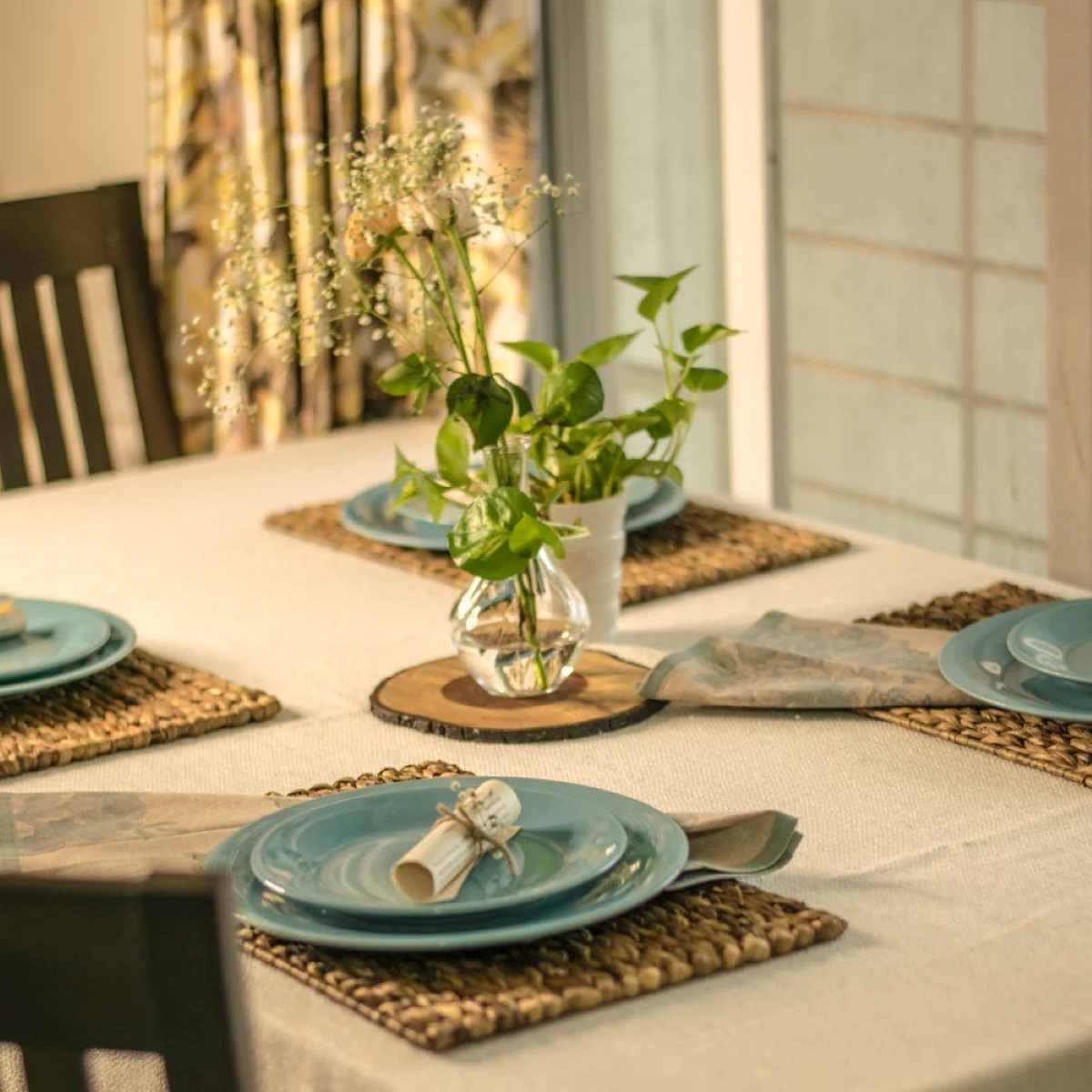
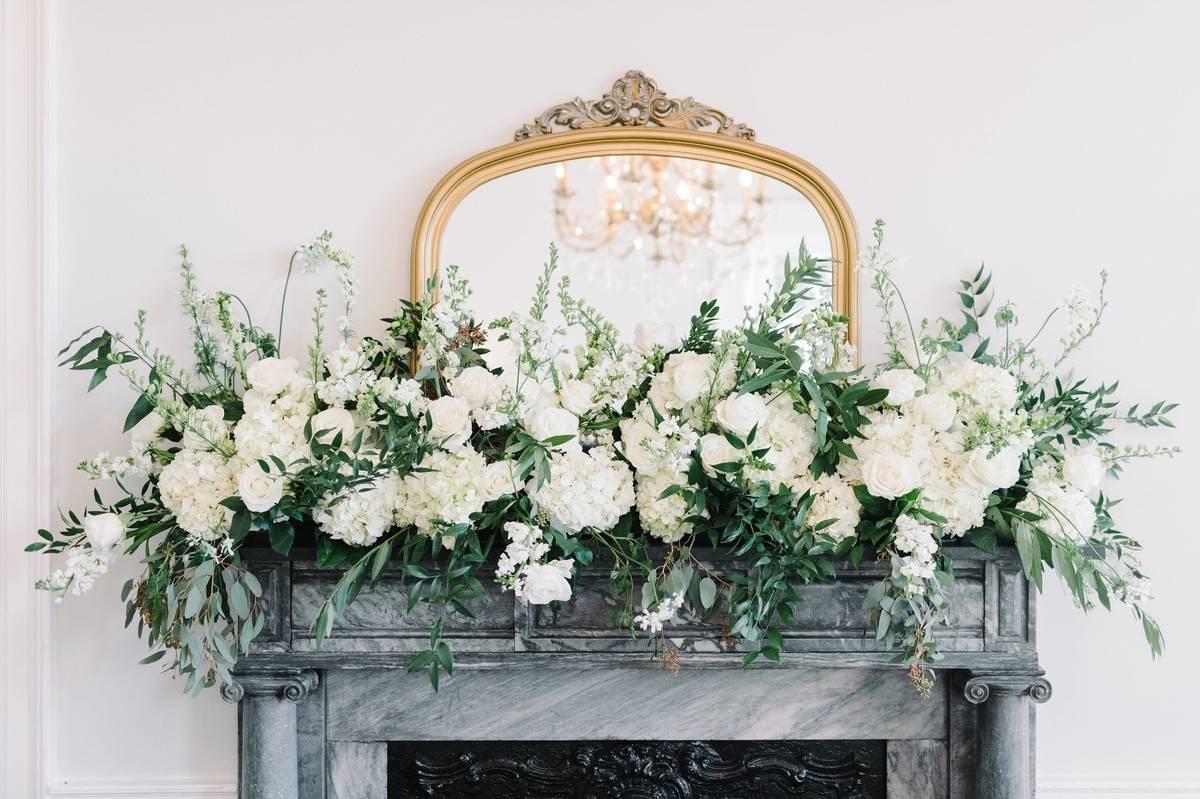
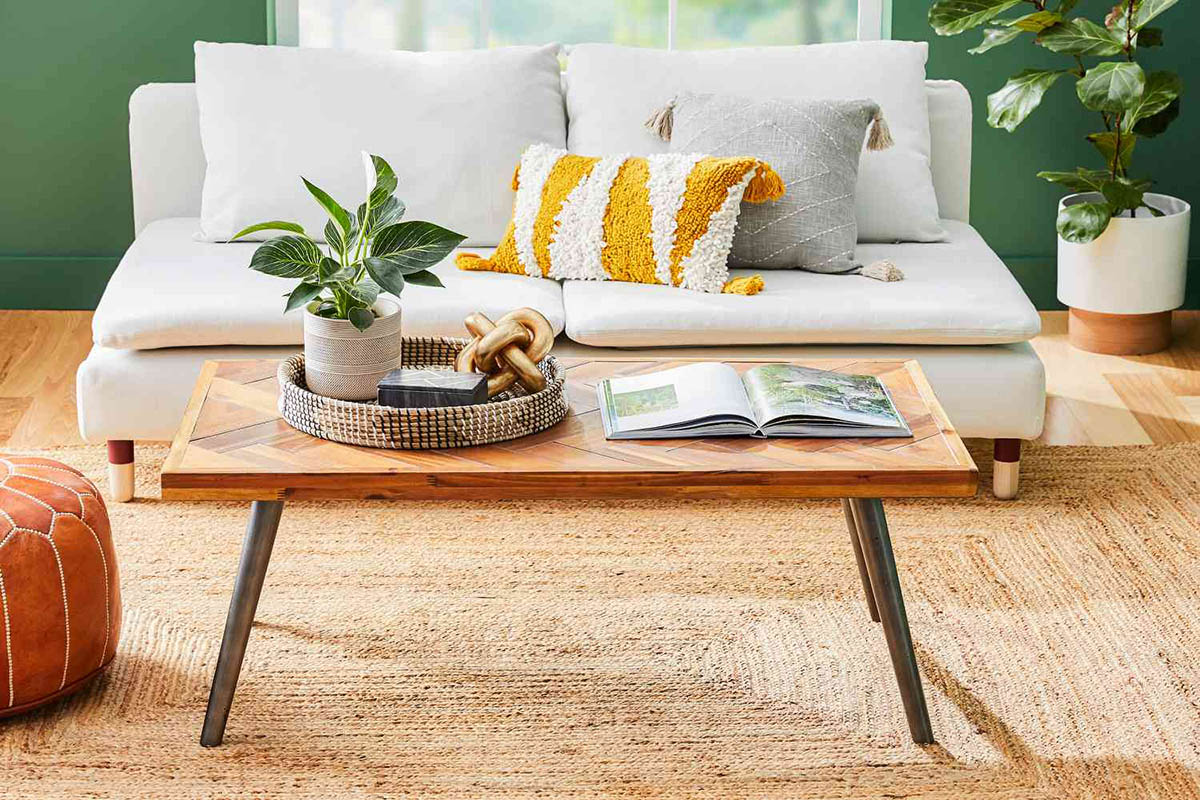
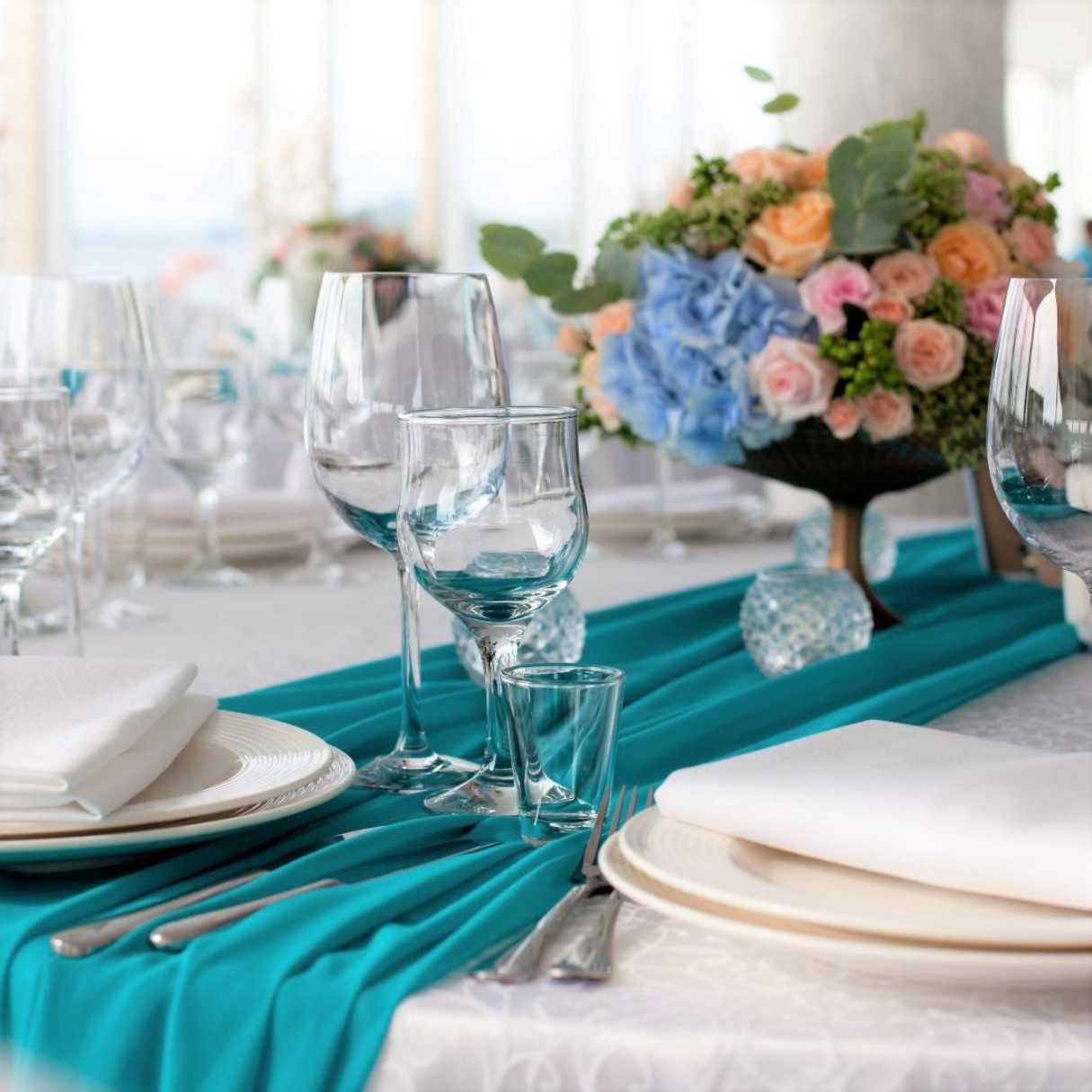
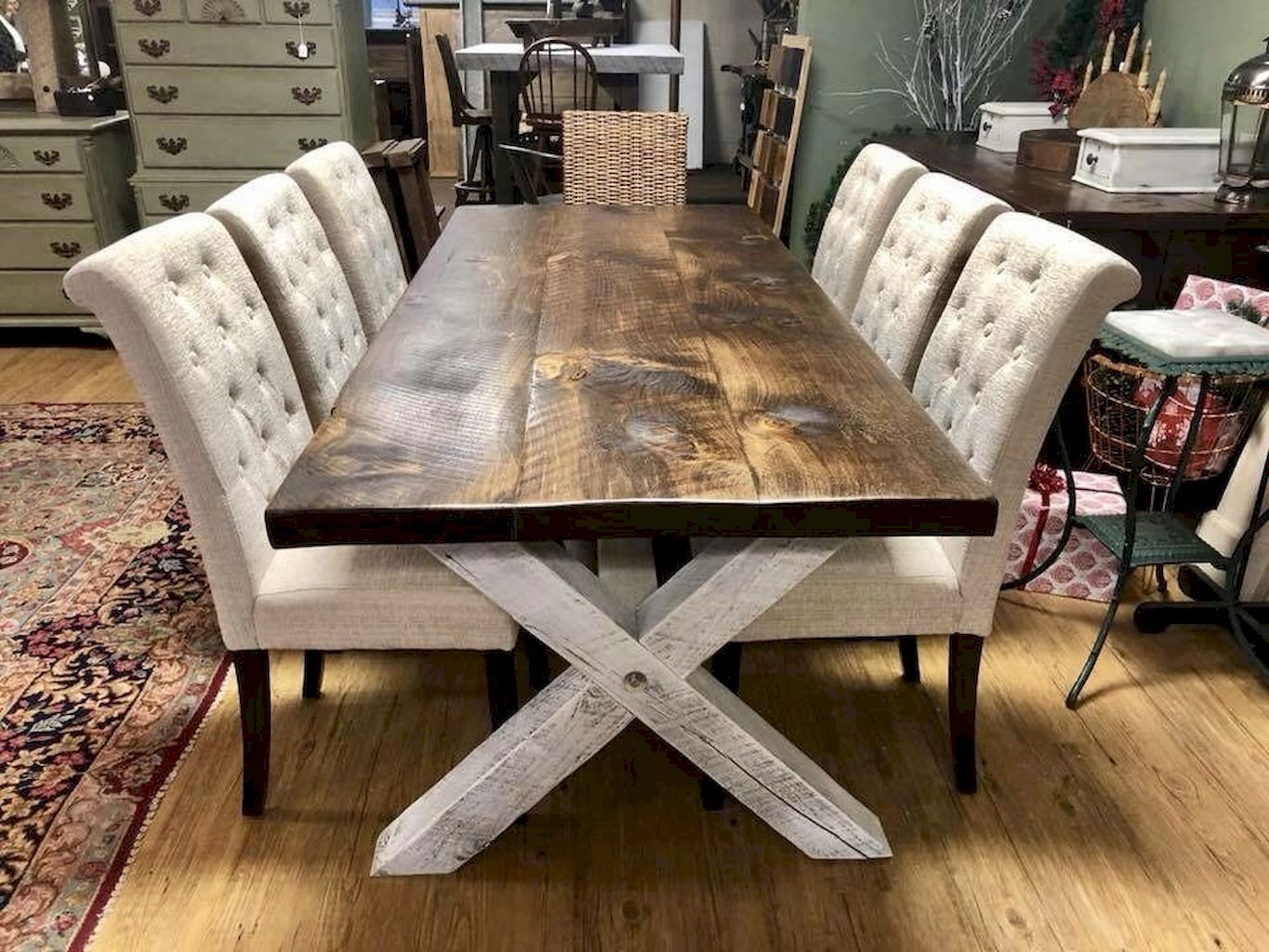

0 thoughts on “What Size And Shape Of Table Is Best For Family Style Wedding Service?”